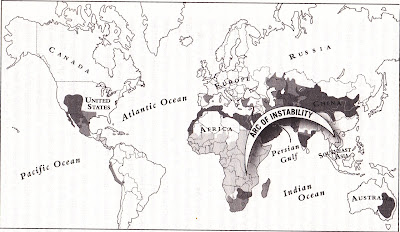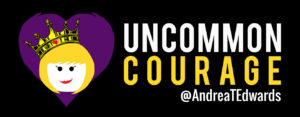| Book cover, as featured on Amazon.com |
I’ve just finished reading a monster of a book – “Why the West Rules for Now – The Patterns of History and What They Reveal About the Future” by Ian Morris and I have to say, WHAT A BOOK!! It is an amazing perspective of our world, from the beginnings of humans settling down (around 12,000+BCE) to now, with some powerful thoughts on the future. I love history, so facing a big book like this is no big deal for me, however typically I take a couple of days to read a book, but this one took me a couple of weeks – but it was well worth it and I wish everyone read it. The best thing about this book is the way it’s written – Ian has a lovely, informal style, bringing in lots of references to popular culture, as well as humour, which makes it readable for everyone. I think this is very important as many of his contemporaries write too academically – which means it doesn’t appeal to a broader readership.
-
People – in large groups – are all pretty much the same
- We always get the thoughts we need to deal with the time we are in – so for example, the religions humans developed and still follow make sense in the context of this argument, because they met a need at the time they were created, but maybe are not relevant for this new age?
- People are essentially lazy, greedy and frightened, looking for easier, more profitable and safer ways to do things – that’s a continuing theme throughout the book
- We’ve always had wars and migration, but when you read it in the context of our entire history, war no longer makes sense – in any way! Empires always fail, war costs money and destroy countries’ economies, and future wars have such potentially catastrophic consequences that it’s time to sort out this aspect of humanity. Our future is about being together as one whole, with one Core, and making it work for everyone or…
- We need to let go of the nationalism and hatred tied up in history – especially towards current or former colonial powers. They did what was “needed” then and the whole world moved forward because of these actions. The reality is, most of the old world countries have had a go at it at some point, and the new world countries are following suit – but for the world to keep growing and prospering, the time to let go of hatred is upon us, or we will be no more. Hard to imagine when we can’t even watch international sport without kicking the shit out of each other and domestic violence increases too!
- Migration is top of the pops for issues within Western countries around the world (as we see too often in the media), but the greatest social development occurred because of migrations – so perhaps it’s time to change this mindset? The reality is we need to. It is expected that 200 million “Climate Migrants” are expected to be on the road by 2050 (five times as many as the world’s refugee population in 2008). Check out the below map from the book, featuring the “Arc of Instability,’ which is expected to face water scarcity issues by 2025. Rich countries can pipe water, poor countries cannot. Needless to say, in the not too distant future, there’s going to be a lot of thirsty and hungry people needing help and so what are we doing today to make sure we’re set? Then again, it’s not that we have a great track record of helping those starving… The threat of war around this issue is frightening as well…
 |
| The Arc of Instability page 602 “Why the West Rules for Now” (sorry a bit wonky, as hard to scan a book page) |
And then we go into the future, and reading the worst case scenario is not easy on the mind. He doesn’t leave us without hope though, and that’s why I think this book is REALLY important.

